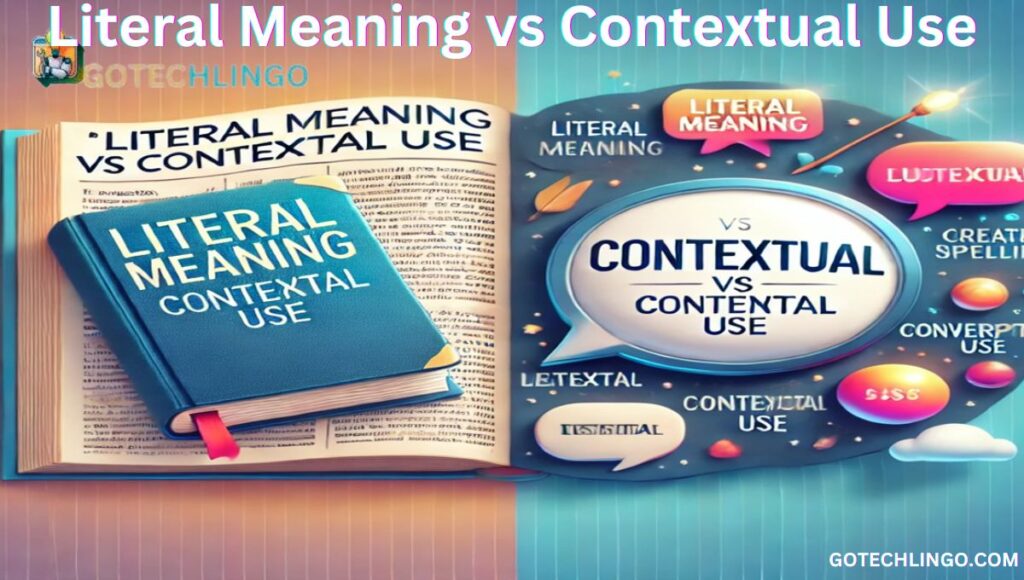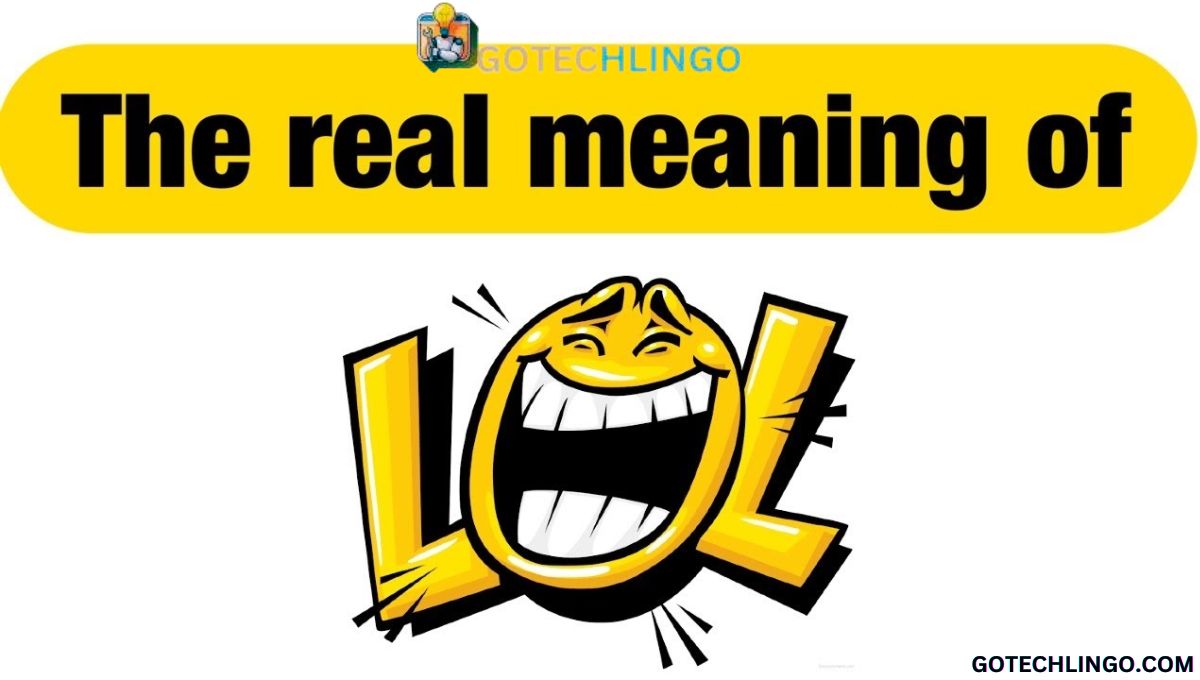In the ever-evolving landscape of digital communication, the abbreviation “LOL” has become ubiquitous. This simple three-letter phrase, standing for Laugh Out Loud, has transcended its literal meaning and become an integral part of how we express ourselves online and through text messages.
The widespread usage of “LOL” highlights its importance in modern communication. Far beyond just indicating amusement, this versatile expression has become a way to convey a range of emotions, from sarcasm to acknowledgment, and has become deeply woven into the fabric of our digital interactions.
What Does LOL Mean?
Origin and Evolution
The origins of LOL can be traced back to the early days of online communication, where it emerged as a way for users to express laughter in text-based conversations. The first recorded use of “LOL” online dates back to the 1980s, when it appeared on early computer bulletin board systems and internet forums.
As digital communication platforms proliferated, “LOL” quickly gained traction and became a staple in the texting culture. Its adoption was further accelerated by the widespread use of mobile devices and the rise of social media, where the abbreviation became a convenient way to convey amusement in real-time conversations.
DWU Meaning: Understanding the Diverse Definitions of this Versatile Acronym
Literal Meaning vs Contextual Use

At its core, LOL retains its original meaning of Laughing Out Loud. When used in this literal sense, it indicates that the person is genuinely amused by something and is expressing their laughter through the written word.
However, the usage of LOL has evolved beyond its literal interpretation. In many cases, it is used more as a contextual expression, conveying a range of emotions and reactions beyond just physical laughter. For example, LOL can be used to:
- Indicate sarcasm or an unseriousness in a conversation.
- Demonstrate acknowledgment or presence in a dialogue, without necessarily expressing amusement.
- Lighten the tone of a message or to show friendliness and rapport.
The contextual use of LOL has become increasingly common, reflecting the nuanced ways in which we communicate through digital mediums.
ALR Meaning: Understanding the Abbreviation in Social Media and Texting
How to Use LOL in Everyday Communication

When to Use LOL
In casual, informal conversations, LOL can be used to:
- Respond to jokes, funny scenarios, or humorous statements.
- Lighten the mood or show a friendly, playful tone.
- Acknowledge something amusing or entertaining.
However, it’s important to note that the use of LOL should be moderated in more formal or professional settings, where it may be perceived as too casual or inappropriate.
When Not to Use LOL
While LOL has become a ubiquitous part of digital communication, there are instances where its use should be avoided:
- In formal or professional contexts, such as emails, presentations, or official correspondence.
- In situations where the tone and intent of the message can be easily misunderstood, as LOL may not convey the desired sentiment accurately.
- When the conversation requires a more serious or thoughtful approach, and the use of LOL may come across as flippant or dismissive.
Maintaining a conscious awareness of the context and audience is key to using LOL effectively and appropriately.
Variations and Alternatives of LOL
Common Variations
Over time, LOL has evolved, and various iterations and alternatives have emerged, including:
- LMAO/LMFAO: Laughing My Ass Off or Laughing My Fucking Ass Off, which convey an even stronger sense of amusement.
- ROFL: Rolling On the Floor Laughing, which similarly expresses intense laughter.
- Alternate spellings like lolz or loool, which can add emphasis or a playful twist.
- The use of uppercase or lowercase letters LOL vs. lol, which can subtly change the tone and perceived intensity of the expression.
These variations allow users to fine-tune their responses and convey nuanced emotions in their digital conversations.
Similar Abbreviations in Texting Culture

In addition to LOL and its variations, the texting and online communication landscape is filled with a wide range of abbreviations and acronyms, such as:
- SMH: Shaking My Head, often used to express disbelief or disapproval.
- BRB: Be Right Back, indicating a temporary absence from the conversation.
- TTYL: “Talk to You Later,” signaling the end of a conversation.
These abbreviations, while distinct from LOL, serve a similar purpose in streamlining communication and adding context to digital interactions.
Examples of LOL in Texts
Simple Examples
Here are some straightforward examples of how LOL is commonly used in text messages and online conversations:
- That joke was hilarious! LOL.
- You seriously forgot your own birthday? LOL!
In these instances, LOL is used to explicitly express amusement and laughter in response to a humorous situation or statement.
Advanced Contextual Use
LOL can also be used in more nuanced and contextual ways, where its meaning goes beyond just indicating laughter:
- LOL, I hope you’re joking about that. (Sarcastic tone)
- I saw your message—LOL. (Acknowledgment tone)
In these examples, LOL is used to convey sarcasm or to simply acknowledge the receipt of a message, rather than to express literal laughter.
Fun Facts About LOL
- The first recorded use of LOL online dates back to the 1980s, when it appeared on early computer bulletin board systems.
- LOL was officially added to the Oxford English Dictionary in 2011, solidifying its place in the lexicon of modern communication.
By understanding the origins, evolution, and diverse applications of LOL, we can more effectively navigate the nuances of digital communication and use this ubiquitous expression to enhance our online interactions.
Frequently Asked Questions About LOL
What does LOL mean in a text?
LOL typically means Laugh Out Loud in a text message.
What is LOL full form?
The full form of LOL is Laugh Out Loud.
Does LOL mean lots of love?
No, LOL does not mean Lots of Love. It stands for Laugh Out Loud.
Does the meaning change when used by girls or boys?
No, the meaning of LOL does not change based on whether it is used by a girl or a boy. It retains the same meaning of “Laugh Out Loud”.
What if a girl says LOL?
If a girl says LOL in a text, it means she is indicating she finds something amusing and is laughing out loud, just the same as if a boy used it.
What does LOL mean for a boy?
For a boy, LOL also means “Laugh Out Loud” and is used to express amusement or laughter, with no gender-specific meaning.
Final Thought
The abbreviation LOL has become a ubiquitous part of modern digital communication, transcending its literal meaning of Laugh Out Loud. Far from just indicating amusement, this versatile expression has become a fundamental tool for conveying a range of emotions, from sarcasm to acknowledgment, in our online interactions.
The widespread adoption of LOL underscores its importance in the digital world. As a concise and efficient way to connect with others, it has become a common language that bridges the gap between the virtual and the personal.
The nuanced use of LOL reflects the dynamic nature of language in the digital age, as we navigate the subtleties of online communication.
Beyond its functional purpose, the enduring relevance of LOL speaks to the ever-evolving nature of language and the ways in which technology shapes our modes of expression. As new platforms and communication tools emerge, this abbreviation and its variants will likely continue to adapt and hold a prominent place in our digital lexicon.
The power of LOL lies in its ability to infuse our online interactions with a touch of humanity and shared understanding. As we navigate the constantly changing landscape of digital communication, the resilience and adaptability of this linguistic shorthand serve as a testament to the resilience of language itself.



